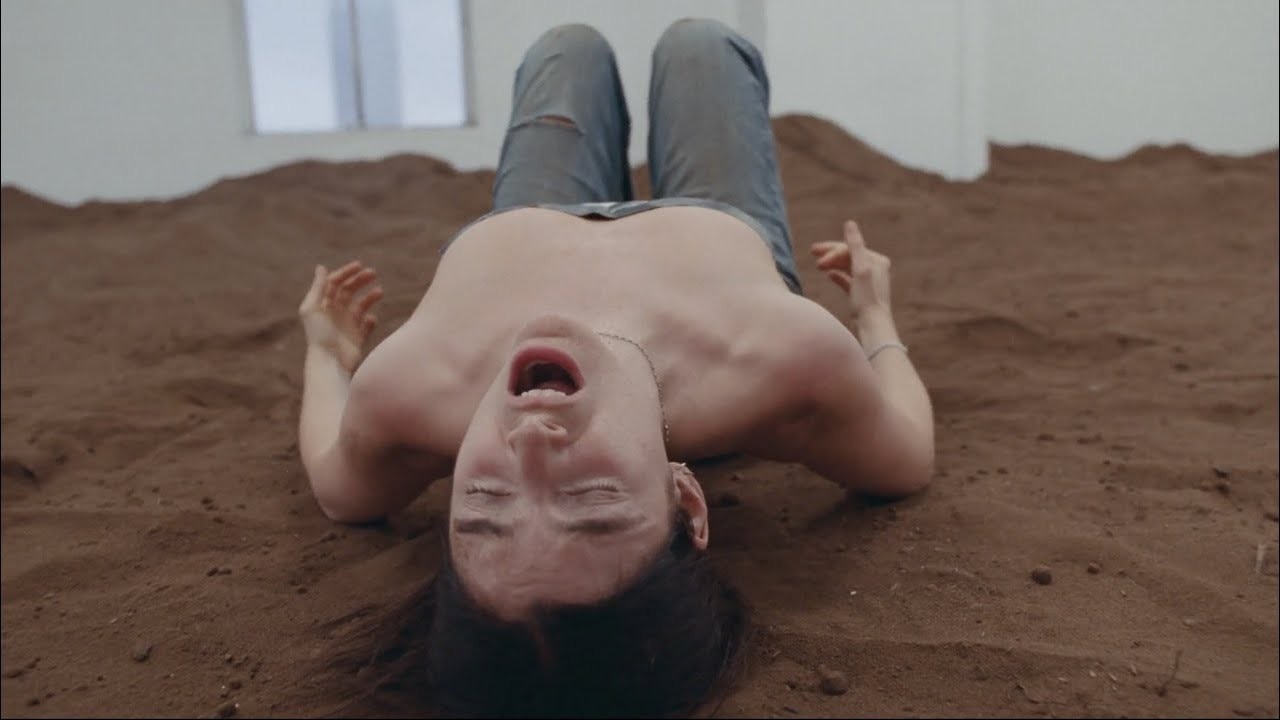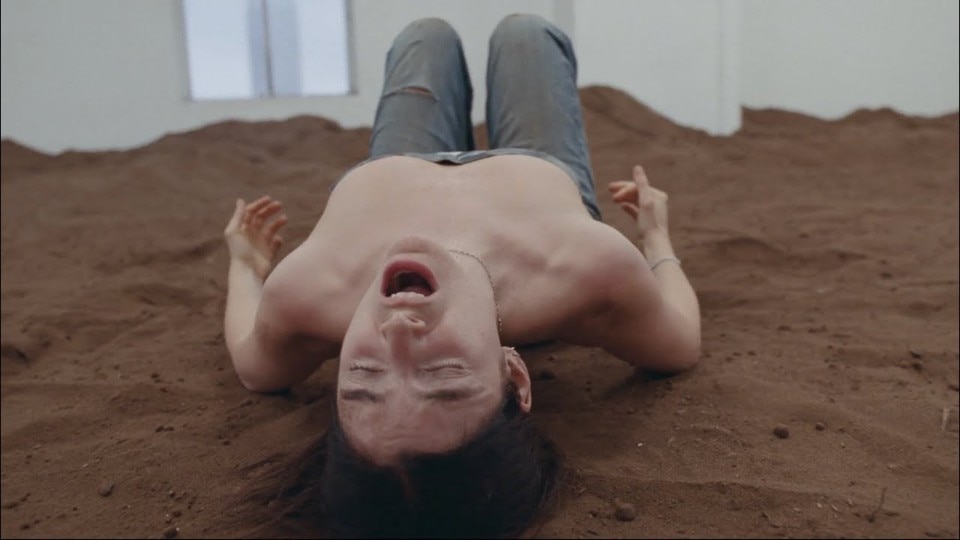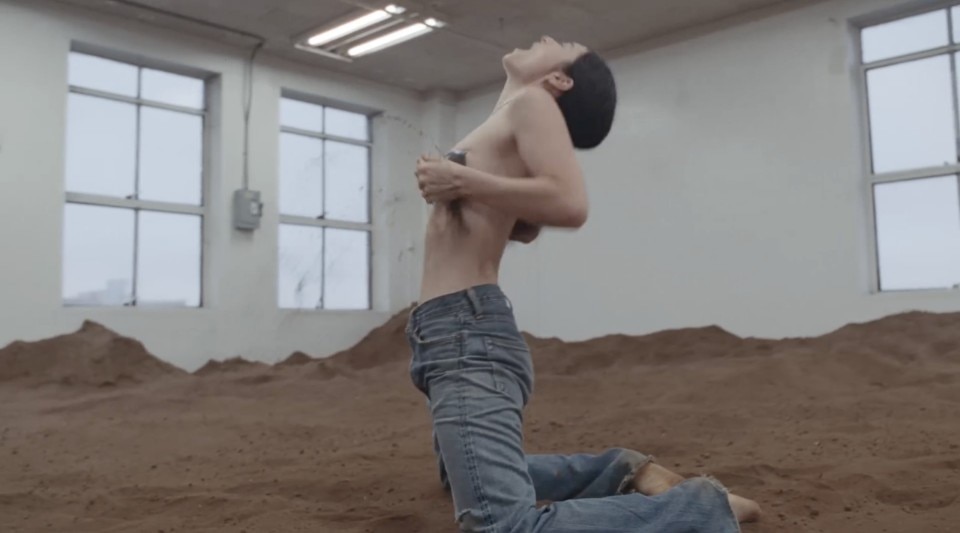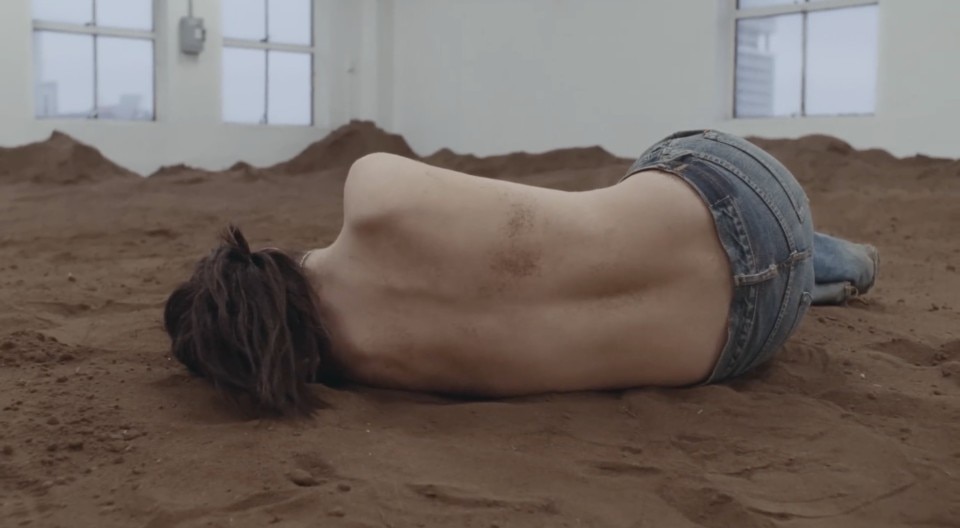The scene is as simple as it is uncanny: Lorde, barefoot, dances among carefully arranged mounds of earth in a white, silent space.
Anyone familiar with 1970s minimalist art will immediately recognize, in the video for the new track “Man of the Year”, the suspended and rarefied atmosphere of the New York Earth Room (1977), the iconic permanent installation by minimalist artist Walter De Maria. Preserved and maintained by the Dia Art Foundation for nearly half a century, the work covers the floor of the second story at 141 Wooster Street, in Manhattan’s SoHo district, with 250 cubic meters of earth.
But no worries: the original work is safe. What appears in the video is a reproduction — a visual echo that plays on the edge between homage and pastiche, setting the stage for the New Zealand pop star’s return within one of the most enigmatic rooms in contemporary art.
The video accompanies what Lorde has described as the track she feels “most proud of” from her new album. An intense ballad that vulnerably narrates the complex journey toward self-acceptance, paired with the image of the singer taking off her shirt and symbolically binding her chest with adhesive tape.
“Man of the Year” was born the day after the famous year-end party organized by GQ. A song written while still hungover, perfectly suited to a video suspended between the vertigo of emptiness and the weight of the ground. A post-party hallucination that settles into one of the quietest spaces in American art — first hinted at in a cryptic post published on the singer’s website just days before the video’s release:
"Biking. Smoking. Swimming. New strength in my shoulders. Feeling something awakening. First taping my chest. So scared to be him. The GQ party. Laying back on the white couch with the mic in my hand and letting it happen. Sun. Persimmons and walnuts. Vocals with AMS. Trying to make it sound like a Fontana, like painting bitten by a man, like the New York Earth Room. The sound of my rebirth."
A stream of thoughts in all caps, weaving together bodily images, physical sensations, and natural and artistic references, ending with a direct mention of the installation.
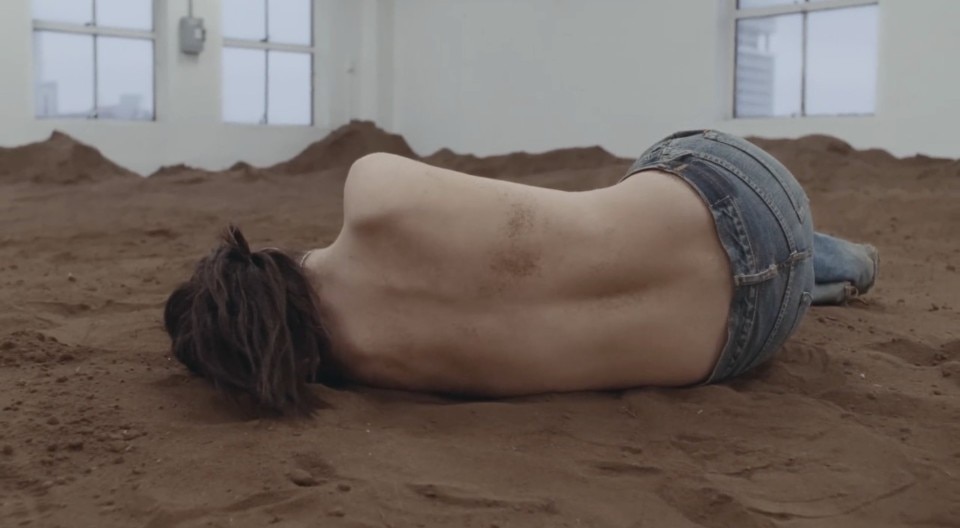
For an artist like Lorde, who has always worked with a sense of essentiality — in both her lyrics and visual language, marked by sparse yet intense writing and clean, meaningful aesthetics — the reference to De Maria’s minimalism seems anything but accidental. With its silence and its tension between presence and absence, minimalism resonates with her ability to expose intimacy stripped of filters or embellishments.
Or, more simply, it’s a way of symbolically reclaiming an iconic space of conceptual art, transforming it into something personal and vulnerable. A gesture that cracks the rigor of a minimalism historically shaped by male dominance with the fragility of a dancing body. A choice that echoes — perhaps not so coincidentally — the singer’s recent reflections on our persistent need to categorize gender identities, as expressed in her interview with Brittany Spanos for Rolling Stone.


